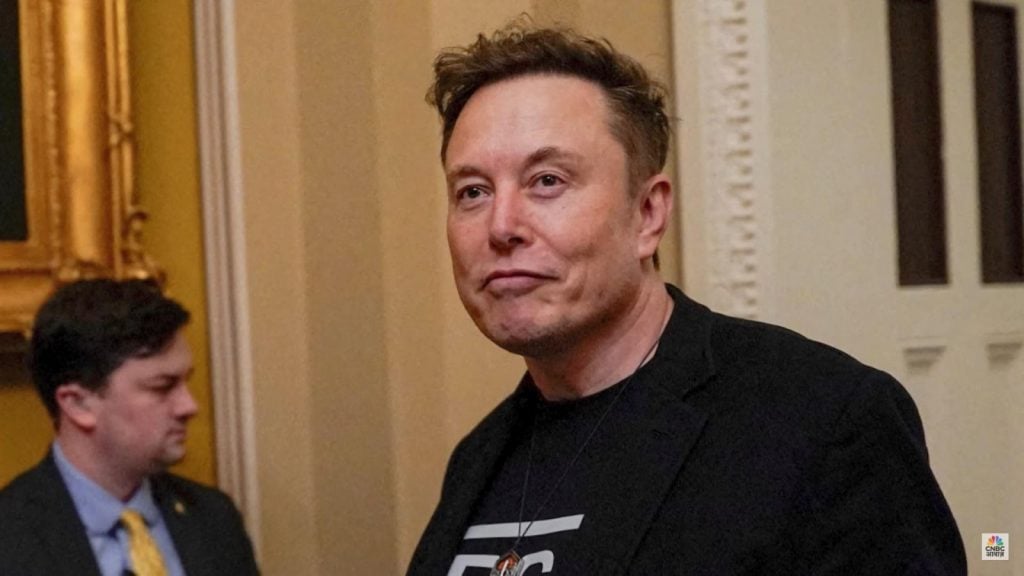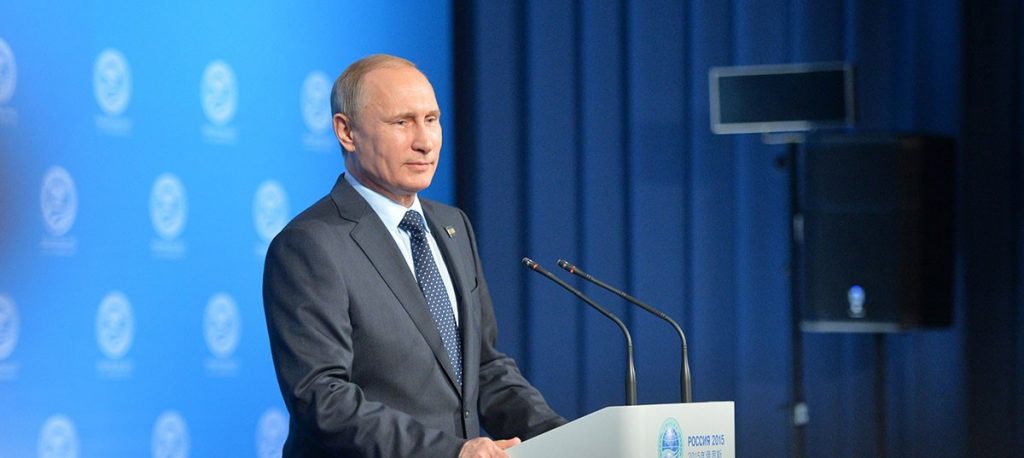Gene Therapy Restores Sight to Children Born Blind
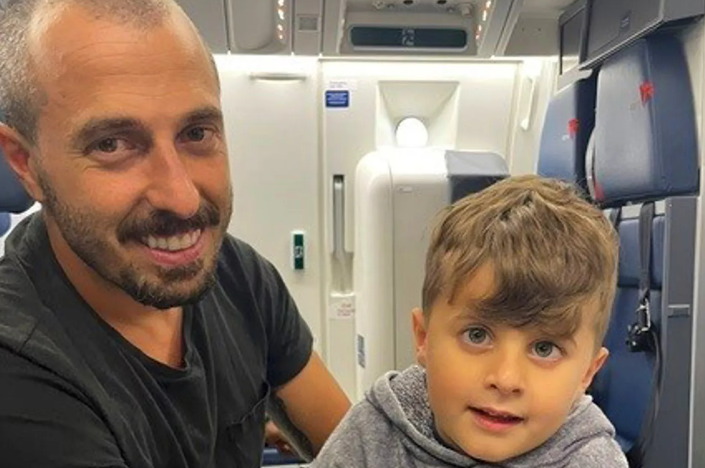
© Moorfields Hospital
Imagine a world where children born blind can see for the first time. This isn’t a scene from a science fiction movie—it’s the reality for six-year-old Jace Broadbin from Connecticut.
Born with Leber congenital amaurosis (LCA), a rare genetic disorder affecting the AIPL1 gene, Jace’s life changed after undergoing groundbreaking gene therapy in London.
The Breakthrough Procedure
In a pioneering clinical trial at Moorfields Eye Hospital and Great Ormond Street Hospital, doctors performed a 60-minute keyhole surgery, injecting healthy copies of the AIPL1 gene directly into Jace’s retina. This gene is crucial for the function of photoreceptors, the cells in the eye responsible for detecting light.
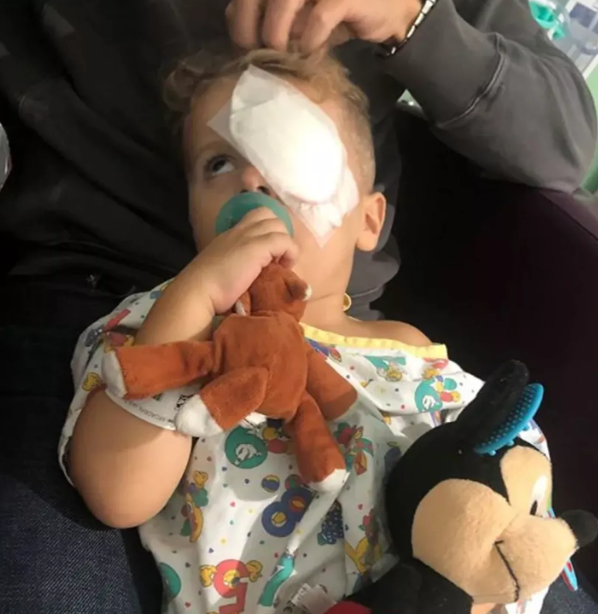
Just weeks after the procedure, Jace’s parents noticed remarkable changes. One morning, sunlight streamed into their home, and Jace instinctively turned toward it, squinting—a reaction he had never exhibited before. This simple act signaled the beginning of his journey into the world of sight.
Beyond One Child
Jace wasn’t alone in this transformative experience. Three other children from Turkey, Tunisia, and the United States, all with the same genetic mutation, underwent the same treatment. Each showed significant improvements in vision, from recognizing faces to navigating their surroundings more confidently.
The success of this therapy lies in its timing. Administering the treatment between the ages of one and three allowed doctors to intervene before significant retinal damage occurred. Follow-up tests revealed that treated eyes had better visual acuity and preserved retinal structure compared to untreated eyes.
A Global Impact
Since the initial trial, seven more children have received the therapy at Evelina London Children’s Hospital. The results have been described as “hugely impressive,” offering hope to families worldwide and marking a potential paradigm shift in treating severe childhood blindness.
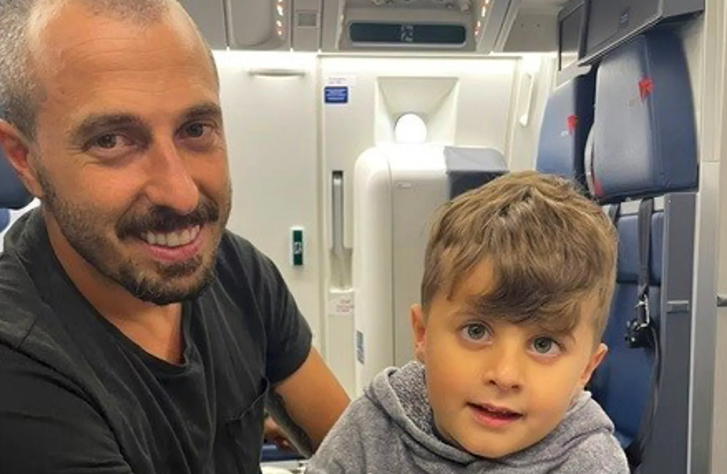
While this therapy isn’t a universal cure, it’s a monumental step forward. It showcases the power of persistence in scientific research and the profound impact such advancements can have on individuals’ lives. As gene therapy continues to evolve, stories like Jace’s illuminate the path toward a future where blindness from genetic conditions may become a thing of the past.
You might also want to read: Tooth-in-Eye Surgery: A Strange Procedure That Brings Back Sight
